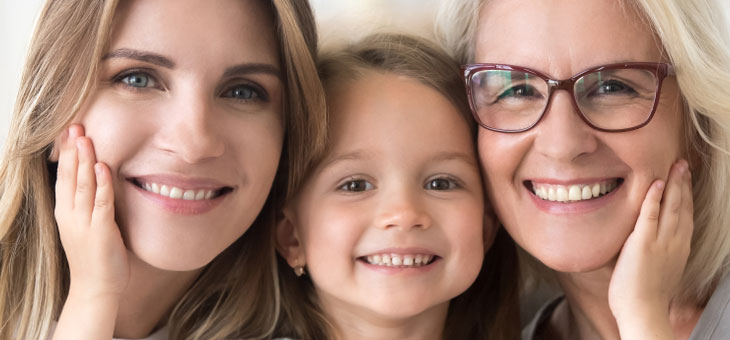It’s International Women’s Day. The words elicit a yawn from many men – and even women debate whether the ‘special’ day should be preserved.
Does it continue to serve a purpose?
If there is equality in terms of opportunity in society and in the workplace, if sexual harassment and domestic violence are ancient history and if the caring duties performed mainly by women are rewarded, then no. So where do we stand?
In 2017 Australia was ranked 35th on a global index measuring gender equality, slipping from a high of 15th in 2006, according to the Australian Human Rights Commission (AHRC). While Australia scored highly in terms of educational qualifications, the index showed progress needed to be made in economic participation and opportunity, and political empowerment.
Fifty-two per cent of Australians living in poverty are female, according to the Poverty in Australia 2018 report prepared by the Australian Council of Social Service (ACOSS) and the University of NSW.
Median super balances for men and women in 2015-16, according to the Australian Superannuation Funds of Australia (ASFA), were:
- 50-54-year-olds men $99,000, women $45,000
- 55-59-year-olds men $115,000 women $50,000
- 60-64-year-olds men $110,000 women $36,000
- 65-69-year-olds men $32,000 women $9900.
Average balances in 2015-16 for all people aged 15 and over were $111,853 for men and $68,499 for women. Whether you look at median or average balances, women are suffering.
Women comprise roughly 47 per cent of all employees in Australia, but take home, on average, $251.20 less than men each week. The full-time average weekly earnings for women are $1455 – 14.1 per cent less than for men ($1695), according to the Australian Bureau of Statistics (ABS) 2019 Average Weekly Earnings report.
Women made up 37 per cent of all full-time employees and 68.5 per cent of all part-time employees in January, according to the ABS 2019 Labour Force report.
The Department of Social Security (DSS) tells us that of people aged 65 or more who receive an Age Pension, 55 per cent are women.
Australian women account for 68 per cent of primary carers for older people and people with disability, according to the AHRC.
Ninety-five per cent of primary parental leave (outside of the public sector) is taken by women and women spend almost three times as much time taking care of children each day, compared with men, says the AHRC.
In business, women hold 13.7 per cent of chair positions and 25.8 per cent of directorships, and represent 17.1 per cent of CEOs and 30.5 per cent of key management personnel, according to the Government’s Workplace Gender Equality Agency (WGEA).
Thirty-five per cent of boards and governing bodies have no female directors. By contrast, only 0.9 per cent had no male directors.
I rest my case. Let’s continue with an International Women’s Day to sharpen the focus on reform.
But what do you think? Have your say in our Friday Flash Poll or post a comment below.
Friday Flash Poll: Why do we need an International Women’s Day?
What are your other concerns as an older Australian woman? If you are working full or part-time, are you secure in your job? Have you experienced discrimination?
Related articles:
Retirees set for a shortfall
Real change – not small change
Women at higher risk of Alzheimer’s

